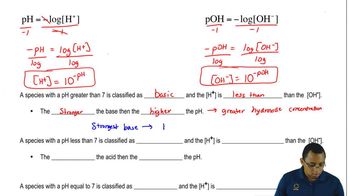Which of the following amino acids is most likely to be found on the outside of a soluble protein, and which of them is more likely to be found on the inside? Explain each answer. (Hint: Consider the effect of the amino acid side chain in each case and that the protein is folded up into its globular form.)
a. Valine






